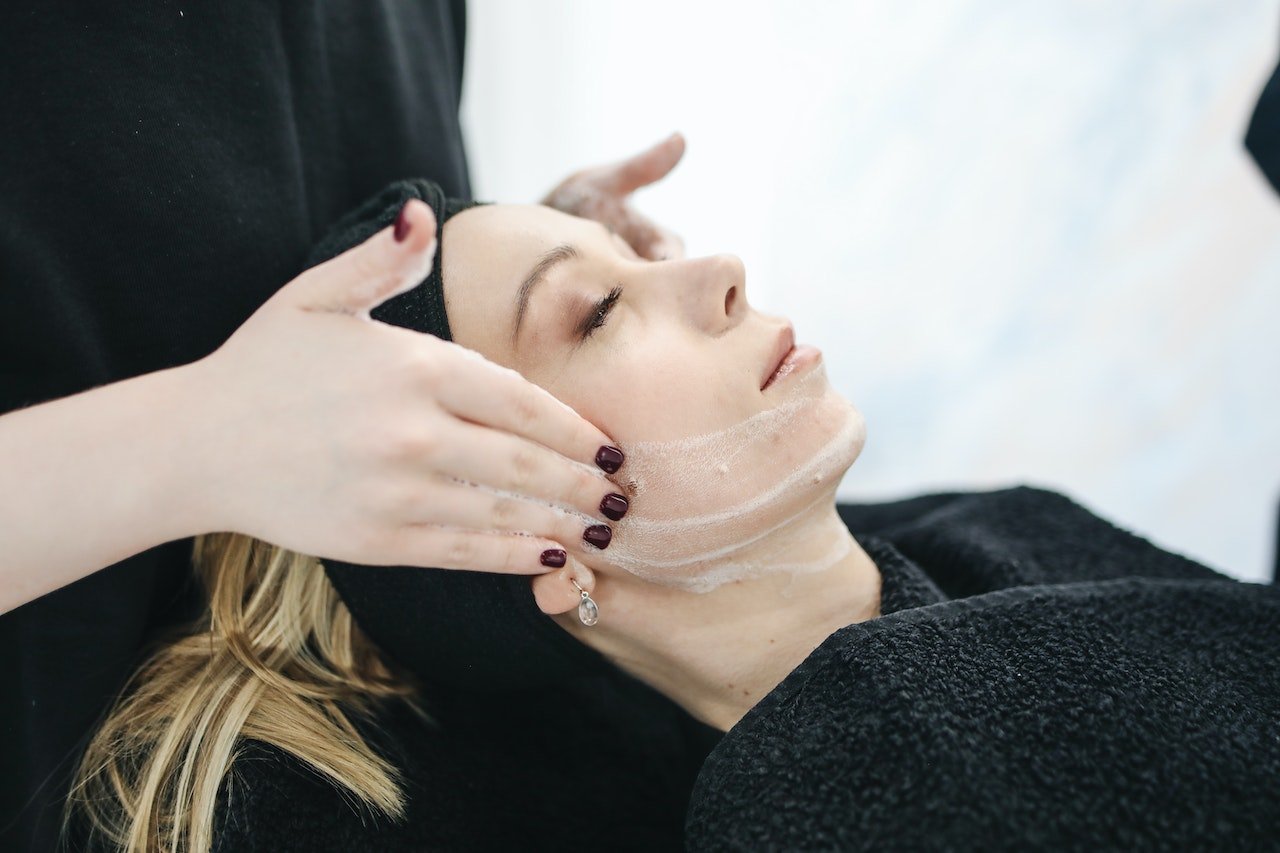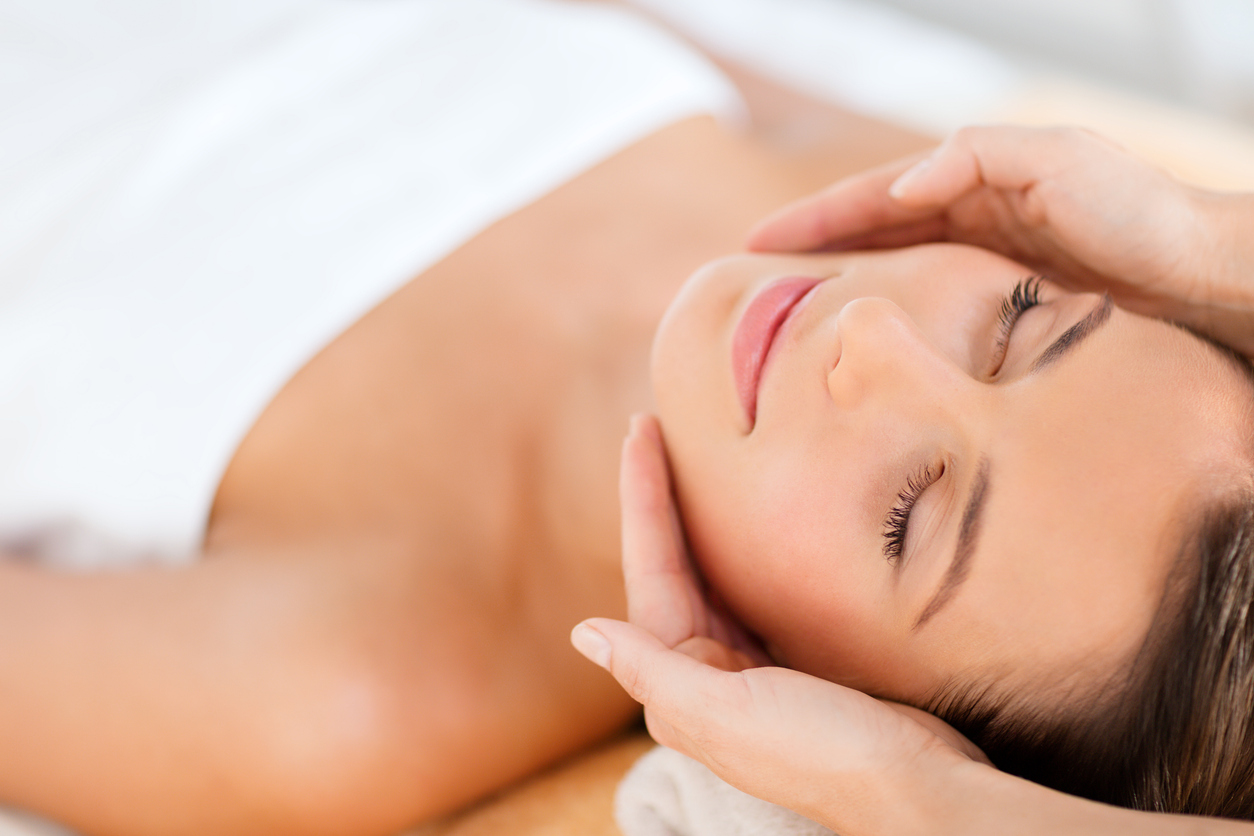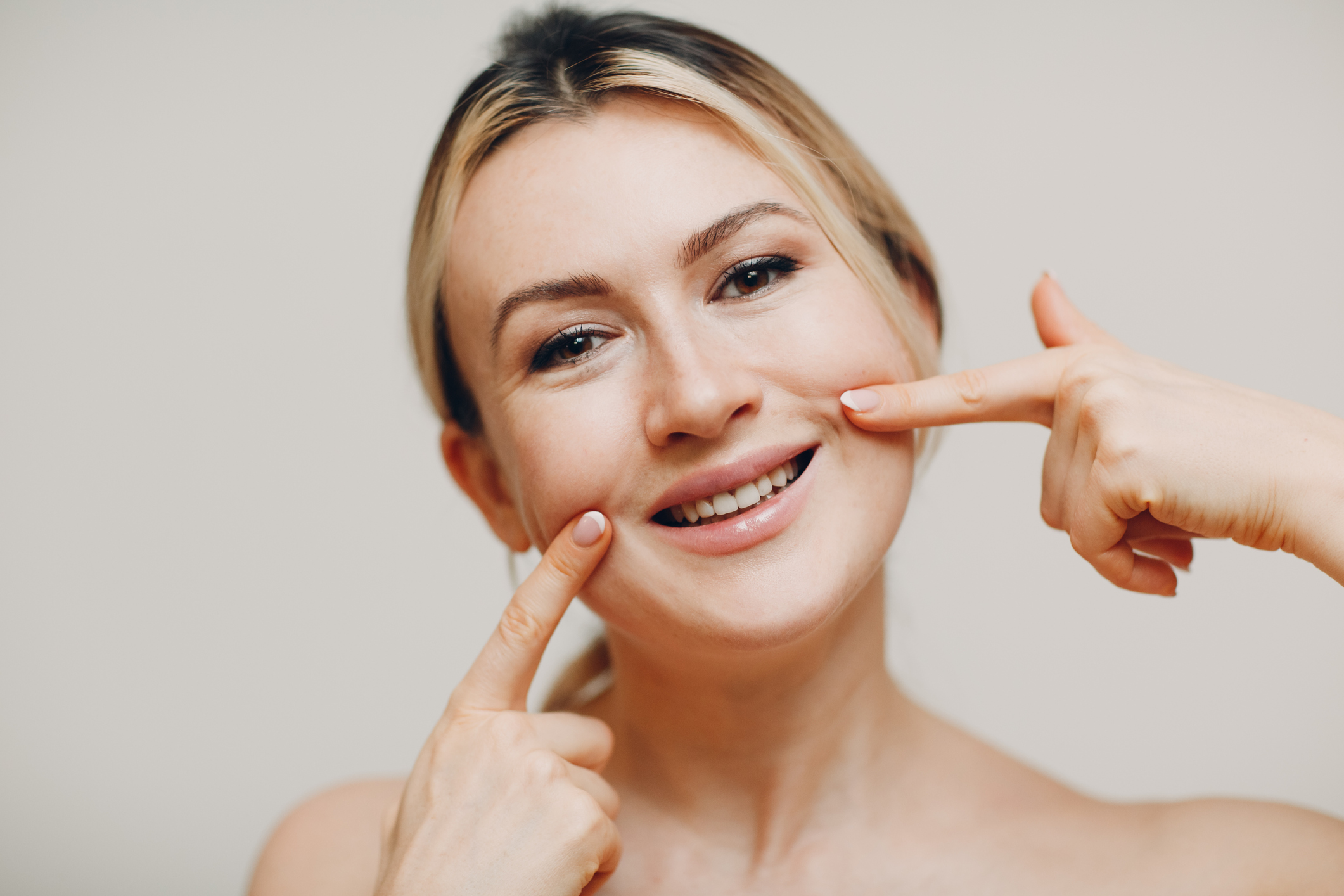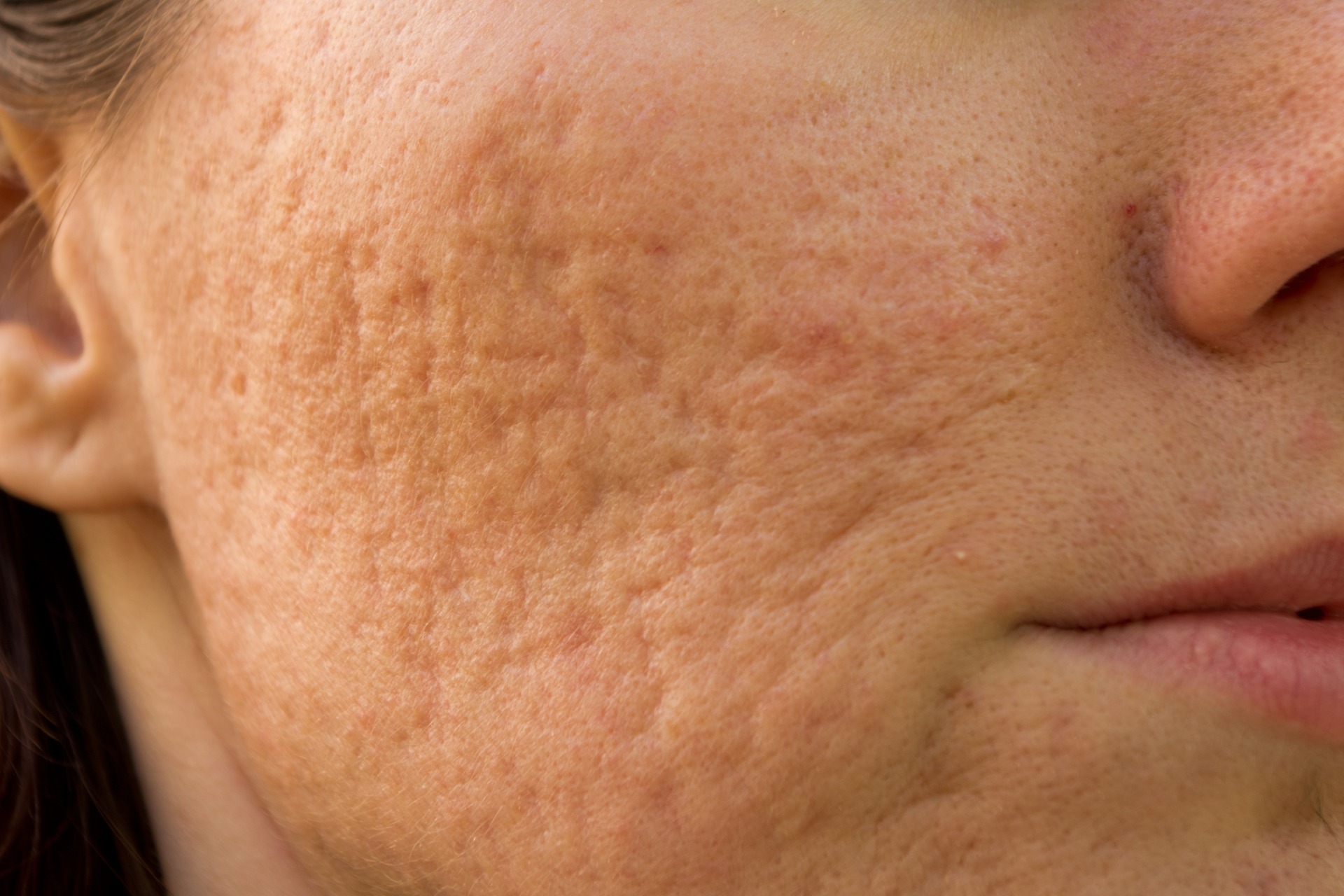If you want to create a more youthful appearance or correct a particular skin concern,…

What to Know Before Getting a Chemical Peel
Chemical peeling is a trend that helps achieve better-looking skin that’s become prevalent in recent years. According to statistics, the chemical peel worldwide market may reach $3.1B by 2026.
Because it can aid various skin problems, like atrophic scarring, the chemical peeling trend isn’t limited to a specific age group. More and more people are starting to get chemical peels, with younger individuals opting for more surface-level treatments.
A dermatologist will always ensure you receive treatment according to your skin type and general requirements. Nonetheless, you should know a few things before scheduling a chemical peel.
Basic Information about Chemical Peels
As the word itself suggests, chemical peels involve chemical solutions applied to your skin for it to peel off.
A dermatologist will apply the chemical solution to the skin to exfoliate its outer layers. Eventually, it causes it to peel and reveal a new, less damaged layer of skin that is much smoother and softer.
Why Get a Chemical Peel
Most patients request chemical peeling treatments for the face, but many also seek to rejuvenate the skin on the neck and hands.
There are various reasons why people use a chemical peel, but the most common ones are:
- Wrinkles
- Acne scars
- Sun scars
- Sun damage
- Uneven skin tone
- Hyperpigmentation
- Redness
Chemical peeling treatment comes in three different intensity levels.
- Superficial
- Medium
- Deep
Your doctor will examine your skin first to assess how invasive the treatment should be. It all depends on how deep the skin needs to be penetrated to get the desired results.
What You Should Know Before the Procedure

When getting a chemical peel, the doctors and medical personnel will prep the treatment to match your needs. However, to best prepare yourself and your skin for the upcoming procedure, you should pay attention to several things.
Healthy Skin Before a Chemical Peel is Crucial
While a doctor can apply a chemical peel treatment to skin that is not in great condition, if you want the best results, healthy skin before treatment is essential.
Using the products suitable for your skin type will do, as long as you continue your regular skin-care routine. Taking off your makeup before going to sleep, applying a day and night skin cream, and regularly applying sunscreen is just enough.
Using high-quality products for your skin is always necessary. We want to get our skin in better shape, not worsen it further with cheap and low-quality skin-care products.
Chemical Peels Cause Exfoliation
The main goal of getting a chemical peel treatment is exfoliation.
The medical expert decides on the depth of the chemical peel according to the amount of damage your skin has suffered. The chemical solution can be applied on three different levels, after which the outer skin layer will start to peel off.
The exfoliation will continue until the active solution has removed the dead and damaged cells. The exfoliation will end after the skin is fully cleansed, and the new skin layer will reveal itself on the surface.
Chemical Peels Are Effective for Many Conditions
A general misunderstanding about chemical peel treatments is that they’re only suitable for aesthetic purposes.
The truth is, this treatment is great for its anti-aging effects, like preventing fine lines. Besides that, the peel can help with any kind of skin stains, wrinkles, and atrophic scarring. A few follow-up treatments can help exfoliate the damaged and scarred skin.
Consulting a Medical Expert Beforehand Is Important

There are three different kinds of depth your skin can get treatment for. Depending on the treatment level, skin type, and condition, the medical expert will tell you how to prep your skin before the procedure.
Patients must cleanse their skin and occasionally exfoliate it with masks and skin products. This is all to ensure the peel will deliver the promised results and heal faster.
The Peels Are for The Whole Body
Patients mostly request chemical peels for the face and neck. However, you can treat any part of your body where you have damaged skin.
Basically, you can exfoliate any part of your skin touched by sunlight. Also, if you have a skin condition that could get better by upper skin layer removal, there’s no better solution than chemical peeling.
Chemical Peels Require Several Sessions
Most patients who have started the chemical peeling treatment get more than one session. Improving the condition of the skin for a longer time requires a few subsequent treatments.
Also, to maintain a fresh and youthful look, you should consider scheduling regular chemical peels. Many individuals prefer getting monthly treatments.
The Healing Process Depends on the Procedure
Healing can last up to seven days, but this isn’t a fixed time. How long your healing process will take can only be determined by the treatment you request and your skin condition.
Firstly, the nature of your skin is key, as how it would react to the procedure comes from the skin type and characteristics.
Second, the depth to which the chemical solution is applied to your skin contributes a lot. For example, having a surface peel heals faster.
Long-Lasting Results
After a few consecutive treatments, the results should remain the same for quite some time. Of course, taking care of your skin afterward determines how long it will last.
Once you get the peeling done, treating your skin as required is integral to maintaining smooth and young-looking skin for a longer time.
What You Should Know After the Procedure
Once you get your chemical peeling done, the medical expert will teach you how to do aftercare.
After getting the treatment, the following will be vital for you to remember:
- A chemical peel is an open wound
- Skin must stay sterile
- Sunlight exposure is forbidden
- Moisturizing is key
- You mustn’t handpick or peel the wound
Other than that, maintaining a regular skincare routine is a must.







